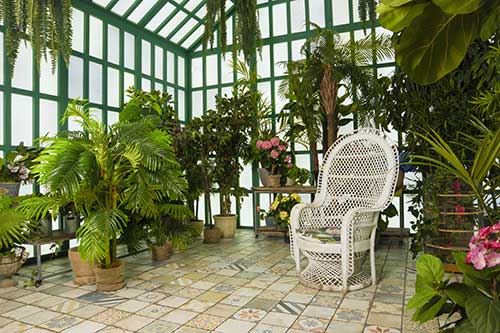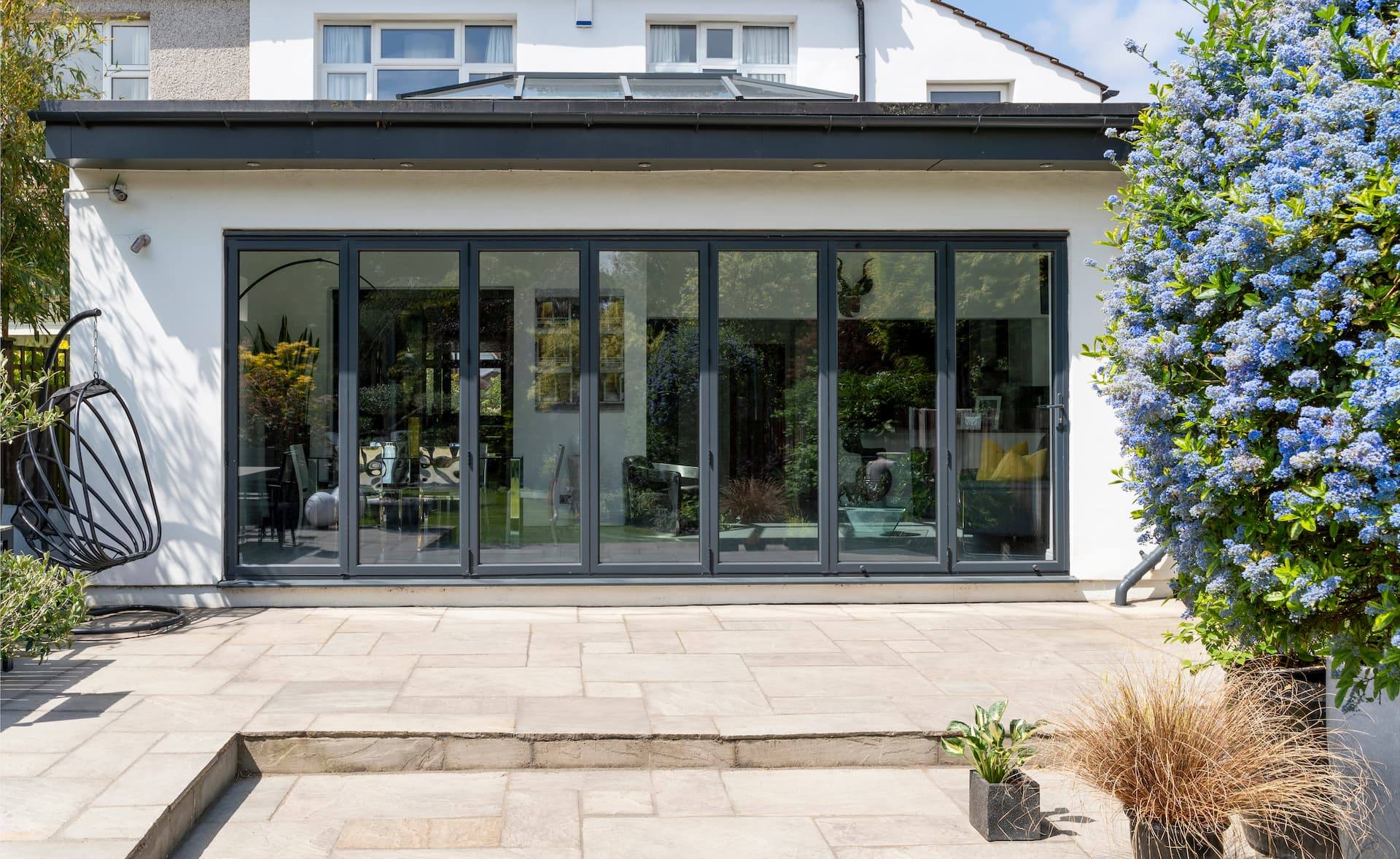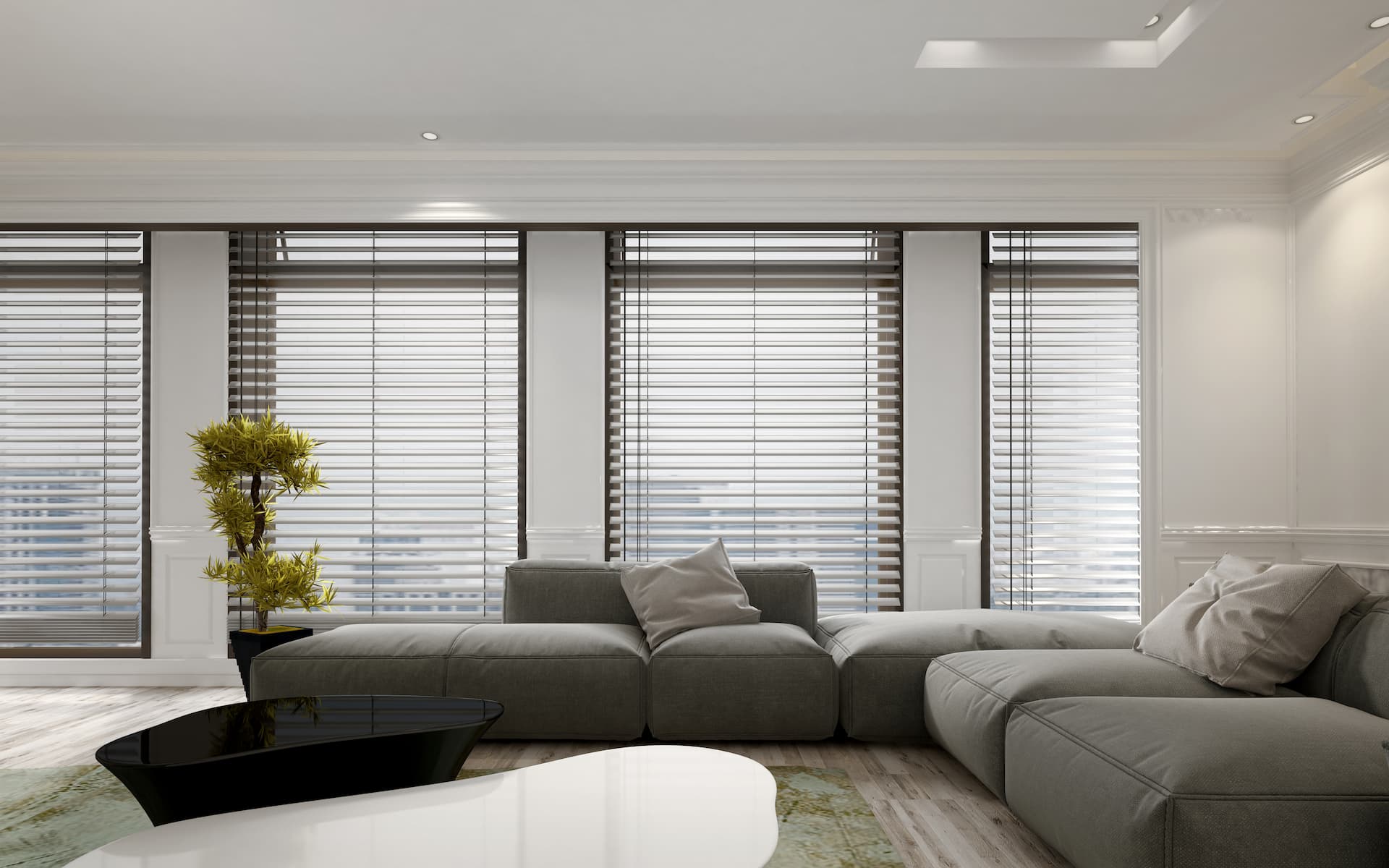Choosing the right material for your conservatory is one of the most important decisions when planning your new space. With so many options available, understanding what makes a material cost effective can help you get the best value for your money. In this article, we’ll explore the factors that influence cost effectiveness, look at short-term and long-term considerations, and compare the most popular materials, including aluminium, timber, PVC, and composite.
What Makes A Material Cost Effective?
Cost effectiveness goes beyond just the upfront price of a material. It’s about balancing affordability with quality and performance. Let’s look at this in more detail.
Short Term Considerations
In the short term, the initial price of the material plays a big role in cost effectiveness. Materials like PVC are often more affordable upfront, making them a good choice for those on a tighter budget. Installation costs can also vary depending on the complexity of the material and the expertise required.
Another short-term factor to consider is how much preparation or treatment the material needs. For instance, timber may require sealing or painting before installation, which can add to the overall cost.
Long Term Considerations
Long-term cost effectiveness takes into account the durability, maintenance, and energy efficiency of the material. While aluminium might be more expensive initially, its strength and resistance to weathering mean it lasts for many years with minimal upkeep.
Energy efficiency also has a big impact on long-term savings. Materials with good insulating properties, such as composite and PVC, can reduce heating costs, making them a more economical choice over time.
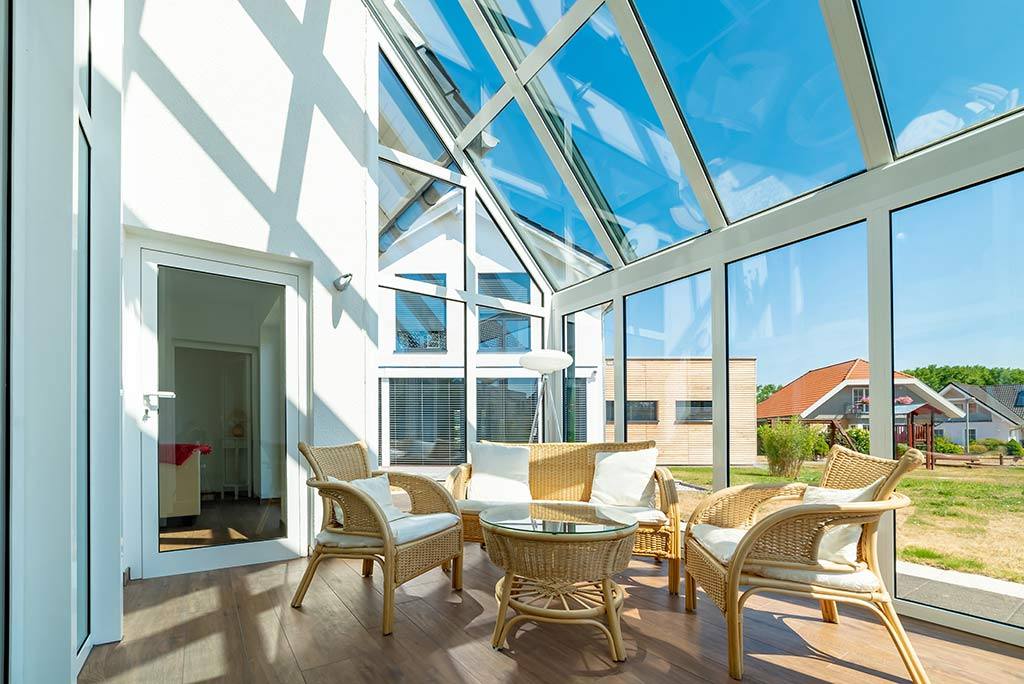
Comparing Conservatory Materials
Aluminium
Aluminium is a popular choice for modern conservatories due to its sleek design and strength. It is ideal for larger windows and doors as it can support more weight than other materials. Aluminium frames are highly durable, resistant to rust, and require little maintenance.
However, aluminium can be more expensive upfront, and it is not as naturally insulating as other materials. To improve energy efficiency, look for aluminium frames with thermal breaks that reduce heat loss.
Timber
Timber offers a classic and natural look that works well in both traditional and modern homes. It provides excellent insulation, which can help keep your conservatory warm in winter and cool in summer. Timber is also a renewable resource, making it an environmentally friendly option.
The main drawback of timber is its need for regular maintenance. Without proper care, it can be prone to rot and weather damage. While the upfront cost of timber can vary, the ongoing upkeep can make it less cost effective in the long run for some homeowners.
PVC
PVC, or UPVC, is one of the most affordable materials for conservatories. It is lightweight, easy to install, and available in a wide range of colours and finishes. PVC is also energy efficient, helping to reduce heating bills, and requires very little maintenance.
Although PVC is a practical and budget-friendly choice, it may lack the premium appearance of other materials like timber or aluminium. For homeowners prioritising cost over design, PVC is a strong contender.
Composite
Composite frames combine the best features of multiple materials, such as timber and aluminium. They are designed to be durable, energy efficient, and low maintenance. Composite materials often have a timber core for insulation and an aluminium or PVC outer layer for protection against the elements.
While composite materials tend to be more expensive upfront, their long lifespan and low maintenance requirements make them a cost-effective option in the long term. They also offer a high-end appearance, making them a great choice for homeowners looking for quality and style.
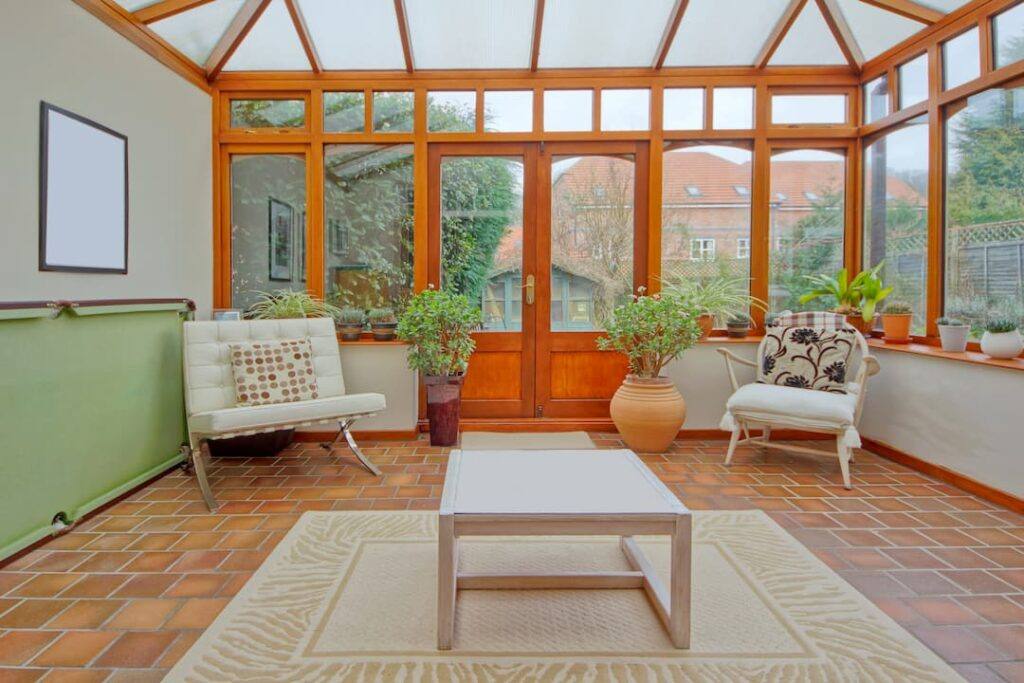
The Role Of Sustainability
Sustainability is becoming an increasingly important factor in home improvement decisions. Materials like timber, when sourced from responsibly managed forests, are renewable and have a low environmental impact. Aluminium is another sustainable option, as it can be recycled repeatedly without losing its quality.
Choosing energy-efficient materials can also contribute to sustainability by reducing your carbon footprint. Look for certifications such as the BFRC rating, which indicates the energy performance of windows and doors.
Which Material Is Right For You?
The most cost effective conservatory material depends on your budget, style preferences, and long-term goals. If you’re looking for an affordable and practical solution, PVC is a great choice. For those who want a premium, durable material with minimal maintenance, aluminium or composite might be the best option. Timber is perfect for homeowners who value natural beauty and are willing to invest time in upkeep.
Contact Preseli Home Improvements For Quality Conservatories
At Preseli Home Improvements, we can help you choose the best materials for your conservatory. Whether you’re looking for affordability, durability, or style, our team has the knowledge to guide you. Contact us today to start planning your perfect conservatory space.

